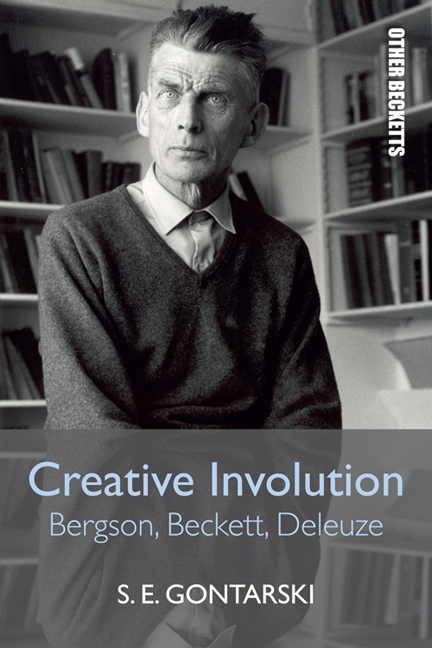Book contents
- Frontmatter
- Contents
- Dedication
- Other Becketts: Series Preface
- Abbreviations for Works
- Acknowledgements
- 1 ‘All the Dead Voices’: A Preface
- 2 ‘A Mixed Choir’ from The Ditch of Astonishment: An Introduction
- Anteriors
- Interiors
- 5 Towards a Creative Involution
- 6 ‘What it is to Have Been’: Movement, Multiplicity and Representation
- 7 Beyond the Shadow: Acts of Unceasing Creation
- 8 A Theatre of Deterritorialization and the Questions We Ask
- Posteriors
- Index
6 - ‘What it is to Have Been’: Movement, Multiplicity and Representation
from Interiors
Published online by Cambridge University Press: 05 August 2016
- Frontmatter
- Contents
- Dedication
- Other Becketts: Series Preface
- Abbreviations for Works
- Acknowledgements
- 1 ‘All the Dead Voices’: A Preface
- 2 ‘A Mixed Choir’ from The Ditch of Astonishment: An Introduction
- Anteriors
- Interiors
- 5 Towards a Creative Involution
- 6 ‘What it is to Have Been’: Movement, Multiplicity and Representation
- 7 Beyond the Shadow: Acts of Unceasing Creation
- 8 A Theatre of Deterritorialization and the Questions We Ask
- Posteriors
- Index
Summary
I can at turns imagine a nought of external perception or a nought of internal perception, but not both at once, for the absence of one consists, at bottom, in the exclusive presence of the other. (Bergson, Creative Evolution, 303)
I have nothing to say, and I'm saying it. (John Cage ‘Lecture on Nothing’ [1949])
… the kind of people who in the phrase of Bergson can't be happy till they have ‘solidified the flowing’ … (Beckett to Thomas McGreevy, 31 January 1938)
Bergson's early focus on motion, on change, on evolution, on the flow of time led him to take on those classical philosophers who have seen motion and so change as illusory, most notably Parmenides and Zeno, both Eleatics, whose paradoxes were powerful statements against motion and hence against change. The debate extended into a sense of discontinuous being and the lack of fixity of any sort evident in Heraclitus, a position central to his contretemps with Parmenides. Heraclitus, a process philosopher himself, perhaps the first of that tradition, that is, those who suggest that there are no stable substances per se, emphasized a world of becoming, and such a liminal world in perpetual transition was more consonant with Bergson's sense of durée than the monism of Parmenides and his principal disciple Zeno. For Parmenides, founder of the School of Eleas, our senses deceive us and the real world is apprehensible through logic alone. Everything that is, then, has always been; being is thus unwavering, always complete, and is part of ‘the One’, so that change is mere illusion. Bergson takes on the most pervasive set of proofs for this position, the Eleatic Paradoxes, in almost every one of his works. In Matter and Memory, for instance, he critiques Zeno's ‘proof’ of the impossibility or the illusion of motion by pointing out that Zeno's famous paradoxes ‘consist in making time and movement coincide with the line which underlies them, in attributing to them the same subdivisions as to the line, in short, in treating them like that line’ (Bergson 1991: 191).
- Type
- Chapter
- Information
- Creative InvolutionBergson, Beckett, Deleuze, pp. 115 - 131Publisher: Edinburgh University PressPrint publication year: 2015



